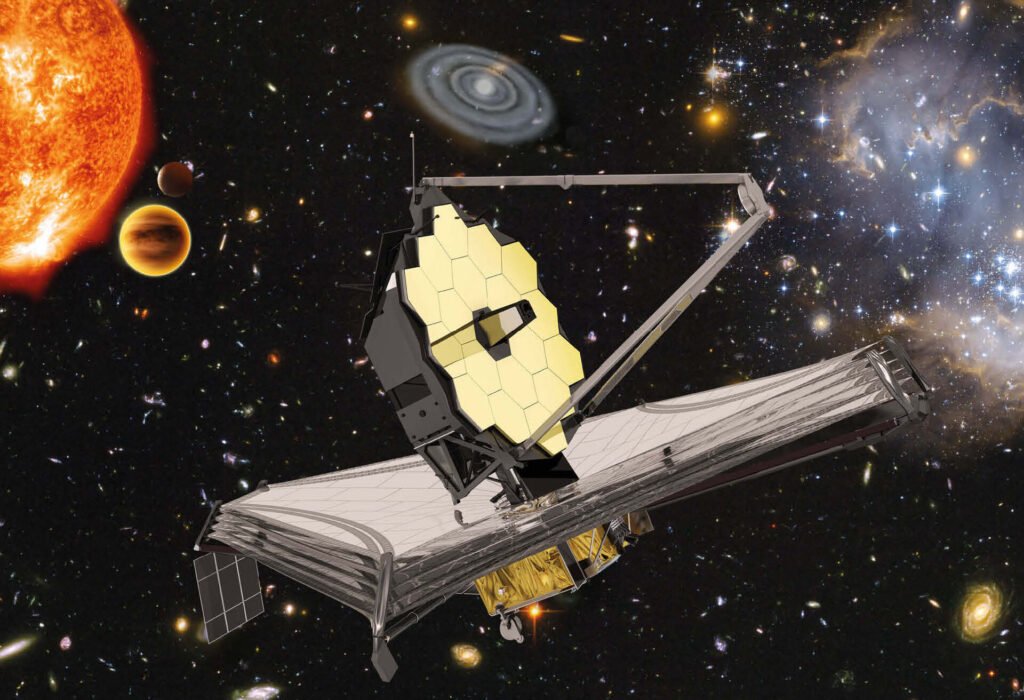NASA is looking forward to the launch of the James Webb Space Telescope and a lot of science has already been prepared for the telescope. One of the mysteries that the telescope can help solve is why galaxies tend to have more cosmic dust than predicted. Where exactly the cosmic dust is coming from, there is a mystery.
Astronomers believe that studying the origins of cosmic dust is necessary because it is essential for the work of the universe to protect the stars as they grow, to become part of the planets, and to contain organic compounds that lead to life as we know it. A major problem in astronomy is referred to as the ‘dust budget crisis.’ It refers to the problem of astronomers being unable to account for all dust in the observed galaxies, both close and in the distant universe.

The Wolf-Rayet binary stars producing Wolf dust will be used by the James Webb Space Telescope. Such a star’s very warm and luminous. It is shown that wolf-rays stars produce large amounts of powder as the stars orbit each other and stellar winds collide, by interacting with companion stars.
Astronomers believe that a big portion of the Galaxy dust budget can be caused by binary star systems. The challenges involved in the study of this kind of star system are intensive brightness and heat. NASA believes that this problem can be solved by the James Webb Space Telescope. In Webb, mid-infrared light can be detected, just what dust and chemical composition are to be studied by astronomers.
Observations in infrared light are important because infrared wavelengths are longer than visible wavelengths, allowing infrared wavelengths to move between dust grains and reach the telescope. This allows the telescope to detect the light and to provide information to the astronomers. The new space telescope will focus on the WR140 binary system, which has been heavily studied in the past, and the WR137 binary system. NASA is currently planning to launch a James Webb Space Telescope in 2021.

3 Comments
Pingback: SPHEREx the new sky mapper will be launching by June 2024 by NASA - Craffic
Pingback: NASA's planet-hunter TESS has discovered more than 2,200 exoplanet candidates in its first 2 years - Craffic
Pingback: NASA to launch James Webb Space Telescope on December 18th - Craffic